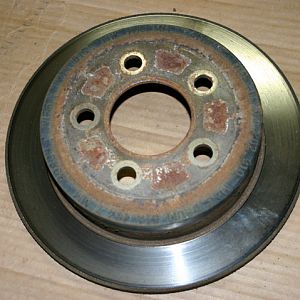Update, and next steps. It had been either dropping to 98 mv or dropping to 8mv with the draw eliminated. After disconnecting the TCS pack and the crankshaft sensor, the draw was still there. I noticed that the cooling fan was making an audible sound (very slight thump) when battery power was reconnected so I disconnected it - the thump went away but but not the draw. I continued looking at the fan relay, the battery temperature sensor, etc. and now here's where it gets interesting. I looked up at the meter and the draw was gone, so now I started reconnecting one by one and no draw - cycle the ignition to on each time, and after about three minutes for the systems to sleep it dropped to 8 mv. Now thinking that there were too many changes for a vaild system test, I dropped it from the jackstands, buttoned it up and took it for a test drive. When I got back, the draw was there except at 100mv, not the 98 I had been seeing. I figured it's time to restart my tests.
In the meantime, I read in the repair manual (thanks very much for link) in the battery section for IOD where it states that the time for the TCM to sleep is 20 minutes.
So while I was looking around and doing some tests, I look up and notice the draw is gone. Now I'm thinking it wasn't anything I was touching, it was 20 minutes. So I cycle the ignition and start a 20 minute timer on my phone and sure enough at almost exactly 20 minutes the draw drops.
Most of the testing I had done earlier was beyond 20 minutes, so now I have to conclude that resetting the connections or the multiple resets to the TCM and PCM have eliminated the draw but which? Testing continues this week.










